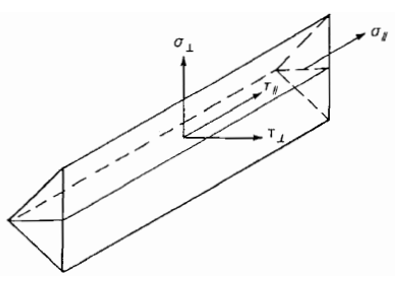View Seam Weld Reactions
Display a table of seam weld resultant forces and stresses.
Total contact forces and average stresses are displayed for each weld but seam weld resultant forces and stresses at the throat can also be evaluated per unit length. The number of data points for this evaluation is determined automatically by the length of the weld. Resultant forces and stresses per unit length can be used with seam weld design standards, specifically Eurocode 3 (EN 1993-1-8: Eurocode 3: Design of Steel Structures, Section 4.5.3).
Force/Moment
- On the Project Tree, open the Analysis Workbench.
- On the workbench toolbar, select .
- In the Seam weld reaction dialog, select the Force/Moment tab.
- Click Evaluate to calculate Force/Moment components along the weld length for all welds. This estimates the peaks (maximum and minimum) among all the welds in the model.
- Set the desired threshold value as a failure criterion for Force per unit length.
- Click Validate to see the status of each weld after evaluation.
- Select any column header to sort the table.
- Select any row to display a Force and Moment summary along with their vectors in graphics.
- Optional:
Use
 (Zoom) to
focus the modeling window on the chosen weld.
(Zoom) to
focus the modeling window on the chosen weld.
-
View a plot of a seam weld's reaction per unit length over the length of the
weld.
- In the plot window, select Save as to save results as an image or text file.
